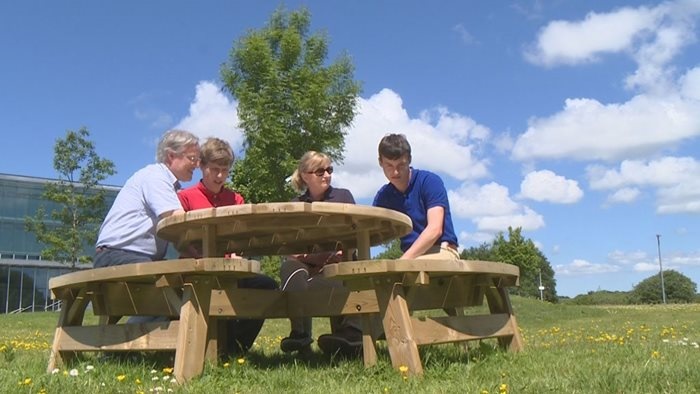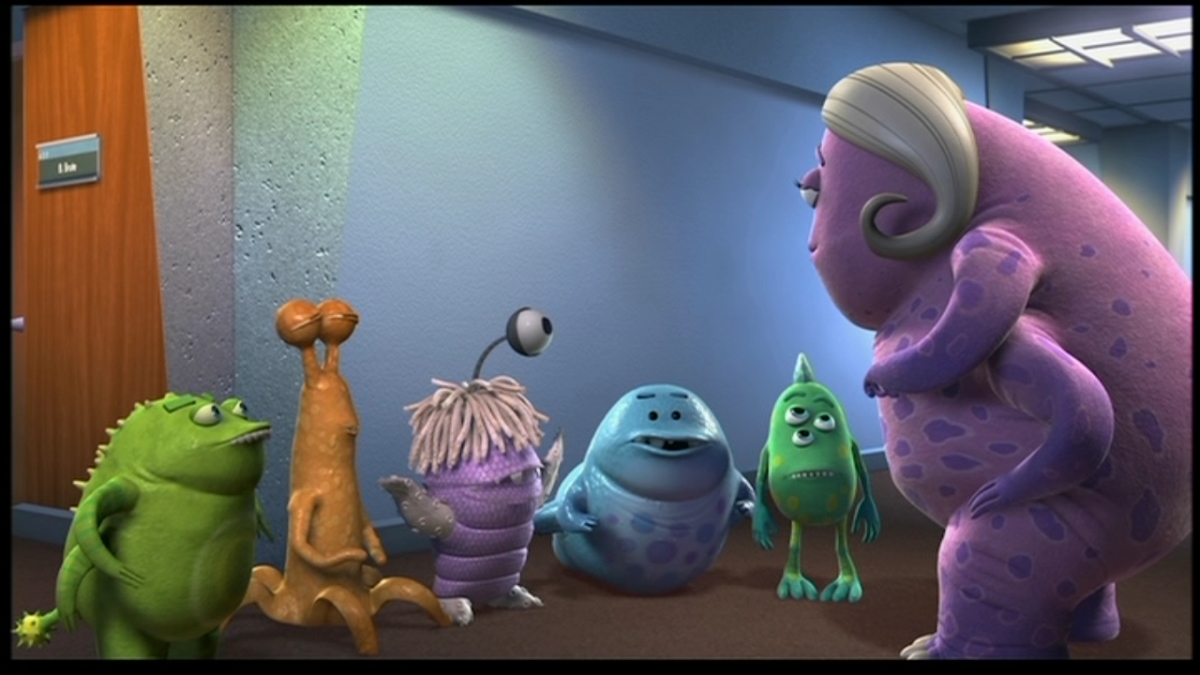Disney helps fight autism
Disney’s effect on children isn’t that hard to miss.
 The genesis of our speech and language research has been the Dodd family and their wonderful story of hope and success in overcoming autism. Through their dedicated efforts and an innovative approach to using Disney media they built language in their children once described as unteachable and unreachable.
The genesis of our speech and language research has been the Dodd family and their wonderful story of hope and success in overcoming autism. Through their dedicated efforts and an innovative approach to using Disney media they built language in their children once described as unteachable and unreachable.
Enda and Val are prolific writers particularly relating their experiences with Disney and their efforts to save their children. You can see some of their experiences at our your questions answered section. For a more personal video about their experiences see our about section.
We are now working with families all around the world and are extraordinarily grateful to Disney for their support of our language research. In particular, Pixar’s wonderful animated movies have been instrumental in the success of our initiative. Why not start an assessment with us to understand if our language learning programs are suitable to your child. Click here to visit our free assessment page.
Disney and the Suskind family.
Some will remember Owen Suskind, the young boy with autism who learned to speak and interact after watching Disney movies. His history with Disney, which was chronicled in a piece by his father for The New York Times, started when he heard characters speak in the movies. His father then took on the identity of the characters and spoke to Owen in their voices.
Owen talked back, something he hadn’t done in years, The Times reported.
“I’m an evil parrot talking to a Disney villain, and he’s talking back,” Ron wrote. “Then, I hear a laugh, a joyful little laugh that I have not heard in many years.”
Owen is just one example of how Disney has helped those with autism. With 1 in 68 children being diagnosed with autism, according to the CDC, and Disney movies being widely popular among kids, in what ways can those with autistic characteristics benefit from Disney, its characters and its entire brand?
Here are 10 ways that Disney can help kids with autism:
Disney makes you more positive.
Studies have noted that Disney films make kids nicer over time. Kids will often act positively after seeing Disney films, a BYU study found. This can help those with autism for two reasons. Not only are those with autism typically unsocial, but they also struggle with smiling and relaying regular emotions, the Autism Science Foundation found.
Kids can bond with Disney characters.
Research has found that girls often identify with Disney princesses, giving them a quick connection to someone else. The ASF found that those with autism tend to not do very well socially. However, by identifying with a character in a Disney film, and understanding how they interact with others, it may give those with autism a guideline for how to interact with other people.
Disney is all about imagination.
Research done by Dr. Filiz Kabapinar of Marmara University found that cartoons are a beneficial teaching tool since they tend to inspire creativity and imagination. This can help with those with autism who are known for not playing pretend games or being too imaginative, the CDC reported.
Disney movies don’t always have parents.
One of the most common things to happen in Disney films is for the parents to die or go missing. “Frozen,” “Bambi” and “The Lion King” all feature parental deaths, forcing the main character to forge a new path toward success. This may help those with autism, since they tend not to seek parental attention, according to CBS News. These movies and cartoons could help them learn to be vibrant, talkative and social without necessarily paying more attention to their parents. It also could show them the importance of parents in helping kids grow.
Disney can help kids learn.
Not following directions and having trouble understanding concepts are two problems for those with autistic characteristics, according to the ASF. Disney characters — like most cartoon characters — are often instructional and teach kids how to follow order and direction. This is especially true for those seen on shows like “Mickey Mouse Clubhouse.”
Disney can help you learn manners.
Cartoons — the nonviolent type, and some Disney ones, like “Winnie the Pooh” — have been linked to teaching manners. A popular show on the Disney Junior television channel is “Can you Teach My Alligator Manners?” and promotes good practices in the home. One sign of autism is temper tantrums, according to the CDC, and they can possibly be quelled by learning proper ettiquette.
Disney has vibrant characters.
Owen’s story is an example of this. Characters in Disney movies tend to be over the top, colorful and vibrant. The CDC noted that one sign of autism is a kid speaking in a robot-like voice, something that is very seldom seen in Disney films, especially because nearly all characters have colorful personalities. By seeing these vibrant characteristics and how they talk with others, those with autistic tendencies may also speak in a more vibrant way.
Disney parks make things easier for those with autism.
Autistic kids don’t have to worry about going to Disney World. Disney parks have made it easier for those who don’t like the social interactions or have trouble paying attention, which are two possible signs of autism, according to the CDC. Break areas, rider switches and easy access are all being offered by Disney parks.
Disney can help with speech skills.
Those with autism typically suffer from language skills, and in some cases, have trouble pronouncing vowels or understanding words, the ASF reported. Disney offers a wide range of educational videos that are taught by different characters within the Disney universe.
Disney teaches you not to worry.
Autism is a daily struggle for those with the mental-health problem. Families are also affected by it, too, articles have suggested. But many Disney songs help those with autism learn to accept their situations and build from them. For example, “The Lion King” hit song “Hakuna Matata” is about no worries, and “Let it Go” from “Frozen” encourages viewers to be more accepting of their own personalities.

